
Types of Seawalls Sciencing
Seawalls range from vertical face structures such as massive gravity concrete walls, tied walls using steel or concrete piling, and stone-filled cribwork to sloping structures with typical surfaces being reinforced concrete slabs, concrete armor units, or stone rubble (bulkheads, revetments, and Rip Rap are different types of seawalls).
Seawalls
There are two basic structures of seawalls: vertical and riprap embankments. Vertical Seawalls Vertical walls are upright and sturdy to block waves from damaging the coastline. Vertical seawalls were some of the first types of seawalls built and continue to be important parts of many marinas and waterfront homes.
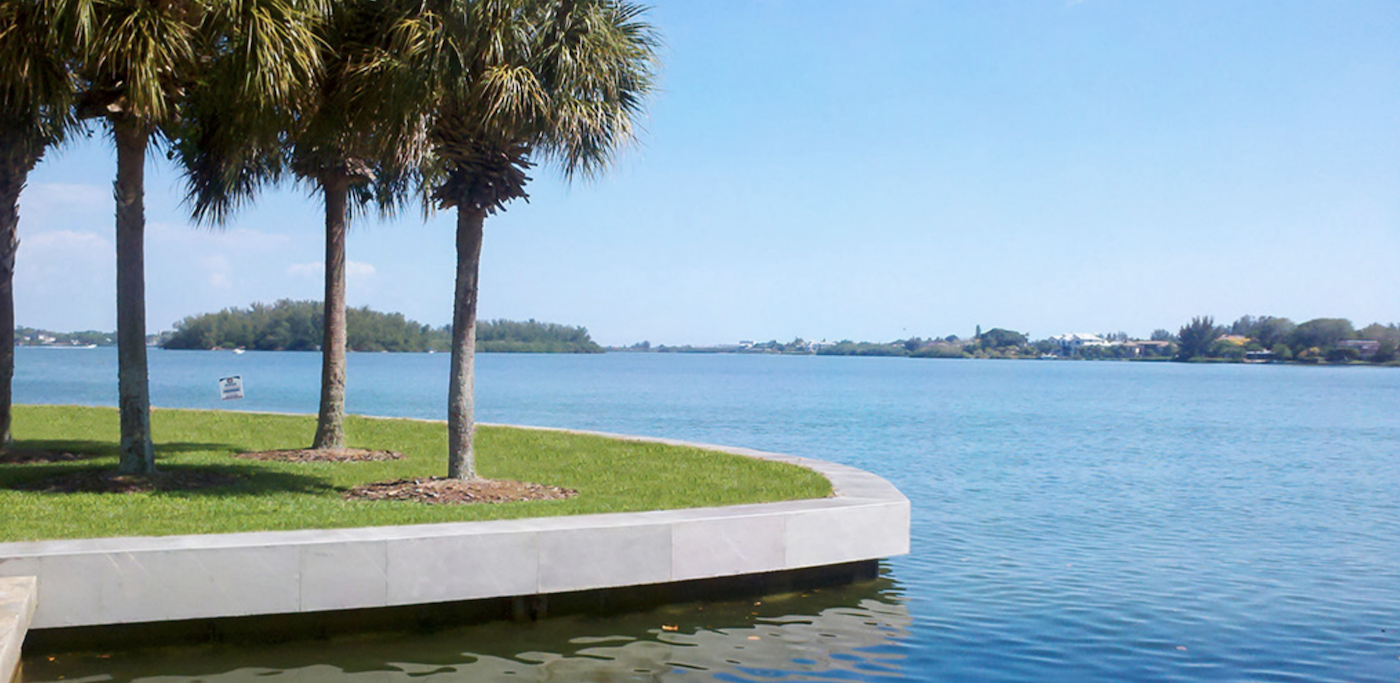
Seawall Guide Seawall Life Expectancy & Types of Seawalls
Types of Seawalls ••• Updated April 25, 2017 By Julia Salgado Seawalls protect coastal areas, particularly those near human habitations, from heavy seas.
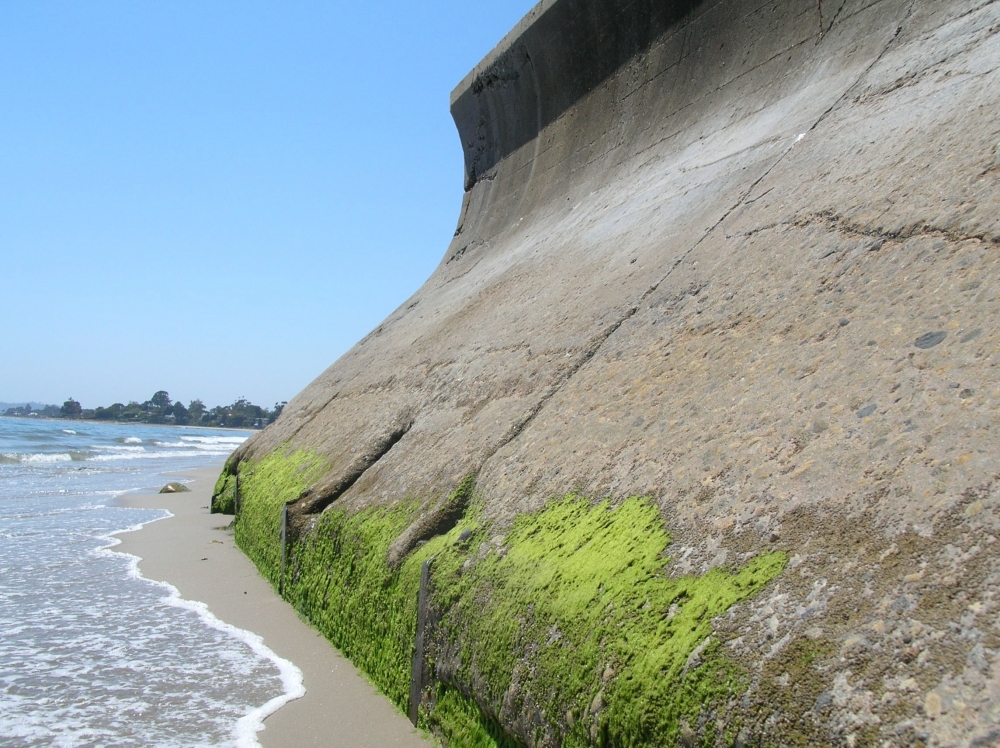
Study Predicting How Seawalls Affect Ecology Coastal Review
There are three main types of seawalls: vertical, curved, stepped, and mounds (see table below). Natural barriers
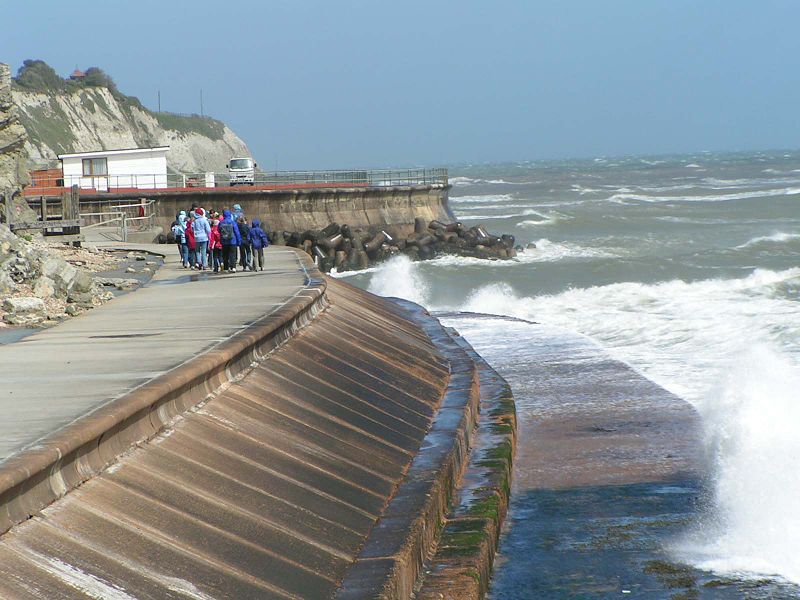
3 Types of Sea Walls Which Is Best for Your Waters? Renegar Construction, Lake Norman NC
- WorldAtlas What Is A Sea Wall? Seawalls protect coastal landforms against tidal action and storms. A seawall is a form of coastal shielding that provides protection to any structures and settlements close to the coast from sea action and processes such as tides and tsunamis.

What Are The Three Types Of Seawalls cloudshareinfo
1. Vertical Seawalls Vertical concrete seawalls are exactly what the name describes — a tall, vertical wall along the shoreline. This seawall design is ideal for areas with large waves that crash over long periods because it can handle excessive force. However, these walls will erode and need regular maintenance to stay stable.
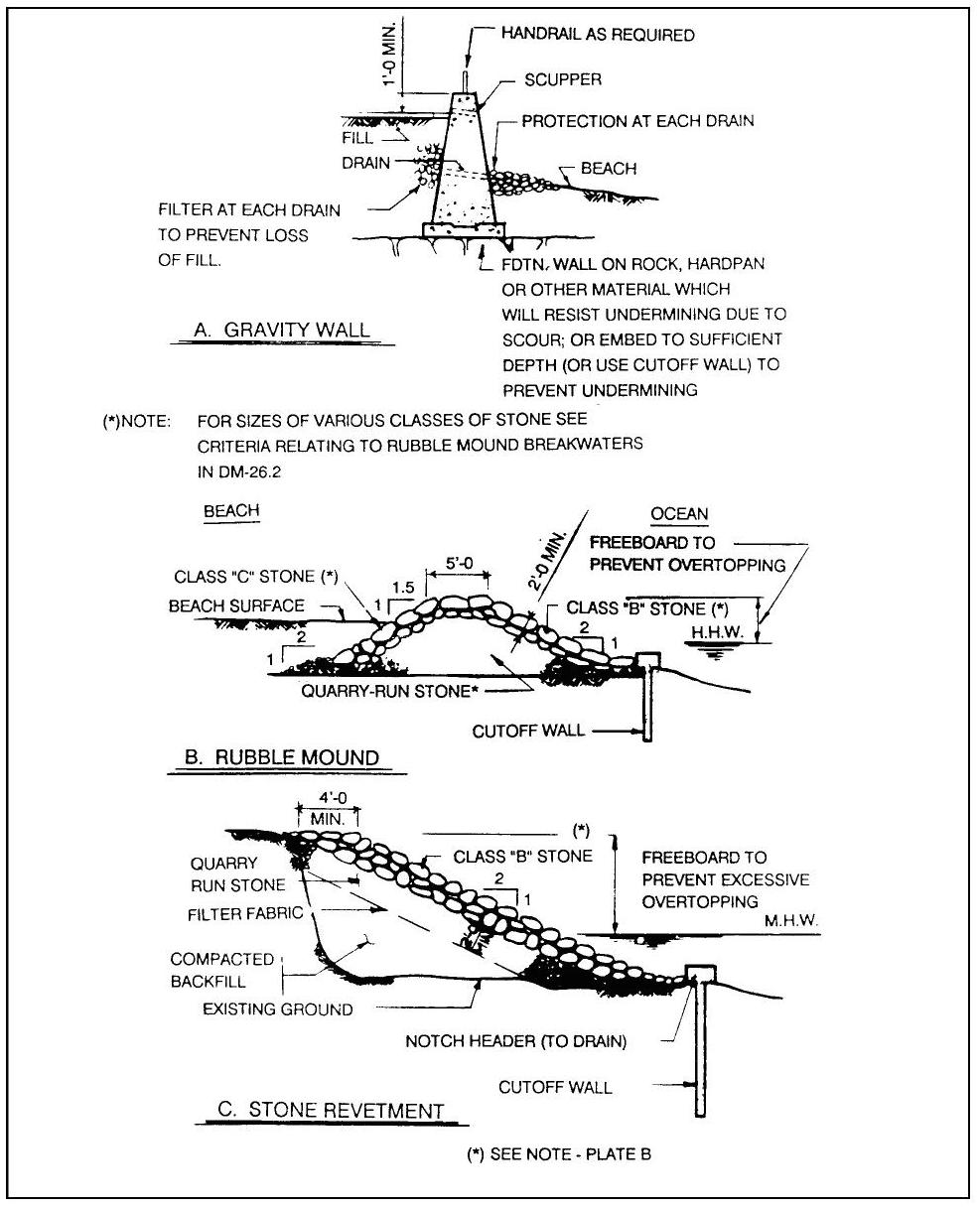
Chapter 3 Seawalls Pile Buck Magazine
Vertical seawalls are a great option Curved seawalls offers quality protection Mound seawalls are built from blocks and rocks We understand that there are many types of seawalls, but we wanted to focus on these three types because we know that they are common options that you can install around any structure.

8 Different Types of Seawalls, Retaining Wall in the Market
There are many types of seawall designs out there. But choosing the one right for your shoreline can be challenging. After all, do you go for a simple and practical steel seawall? Or perhaps you should choose some eco-friendly rip rap? Each seawall design has its own set of benefits and drawbacks.

A Quick Guide to the 3 Types of Seawalls
There are three different types of seawalls: concrete, composite, and vinyl. Not every material is the best option for every wall though because of the large.

A Quick Guide to the 3 Types of Seawalls
For locations subject to moderate wave attack (3 to 6 ft [.91 to 1.83 m]) significant wave height before breaking), use any type of seawall. For locations subject to light wave attack (4 ft [1.22 m] or less significant wave height before breaking), use any type of seawall or use a bulkhead. 3.2.2 Foundation Condition.
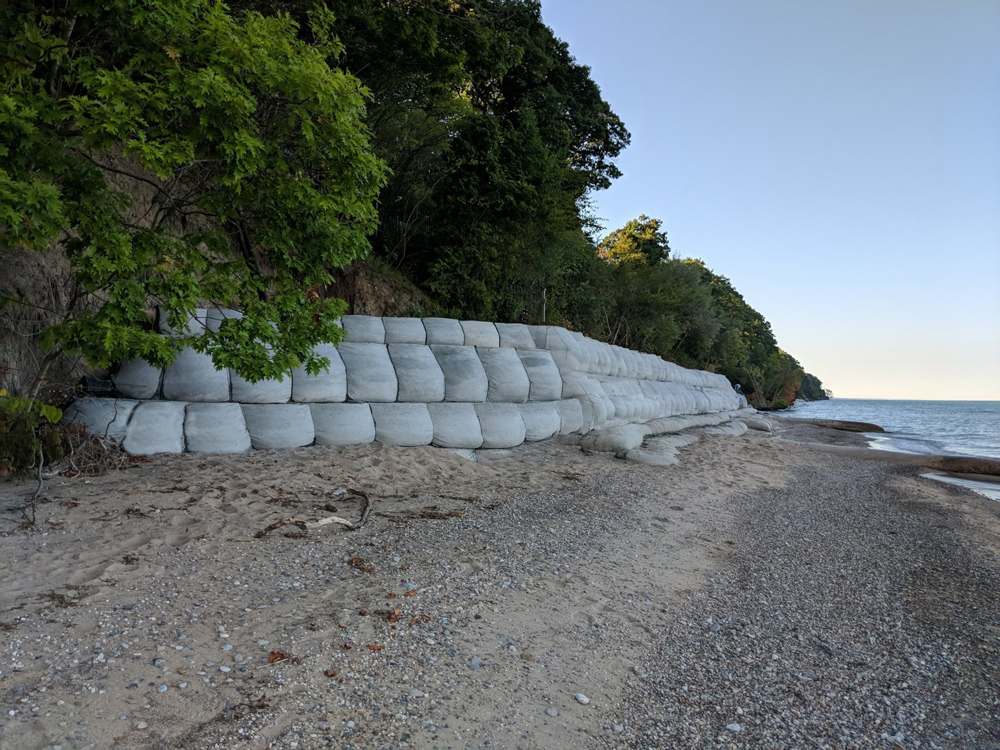
Seawalls TrapBag for Flood Protection & Erosion Control
There are two basic types of seawalls; riprap embankments and vertical walls. While each one serves the same purpose, the construction methods and aesthetics differ. Types of Seawalls Riprap Embankments Riprap embankments are used along shorelines that are continuously exposed to the effects of rushing water.

Various types of seawalls destroy beaches and cause loss of... Download Scientific Diagram
Seawalls range in type and may include steel sheetpile walls, monolithic concrete barriers, rubble mound structures, brick or block walls or gabions (wire baskets filled with rocks) (Kamphuis, 2000). Some typical seawall designs are shown in Figure 1. Seawalls are typically, heavily engineered, inflexible structures and are generally expensive.
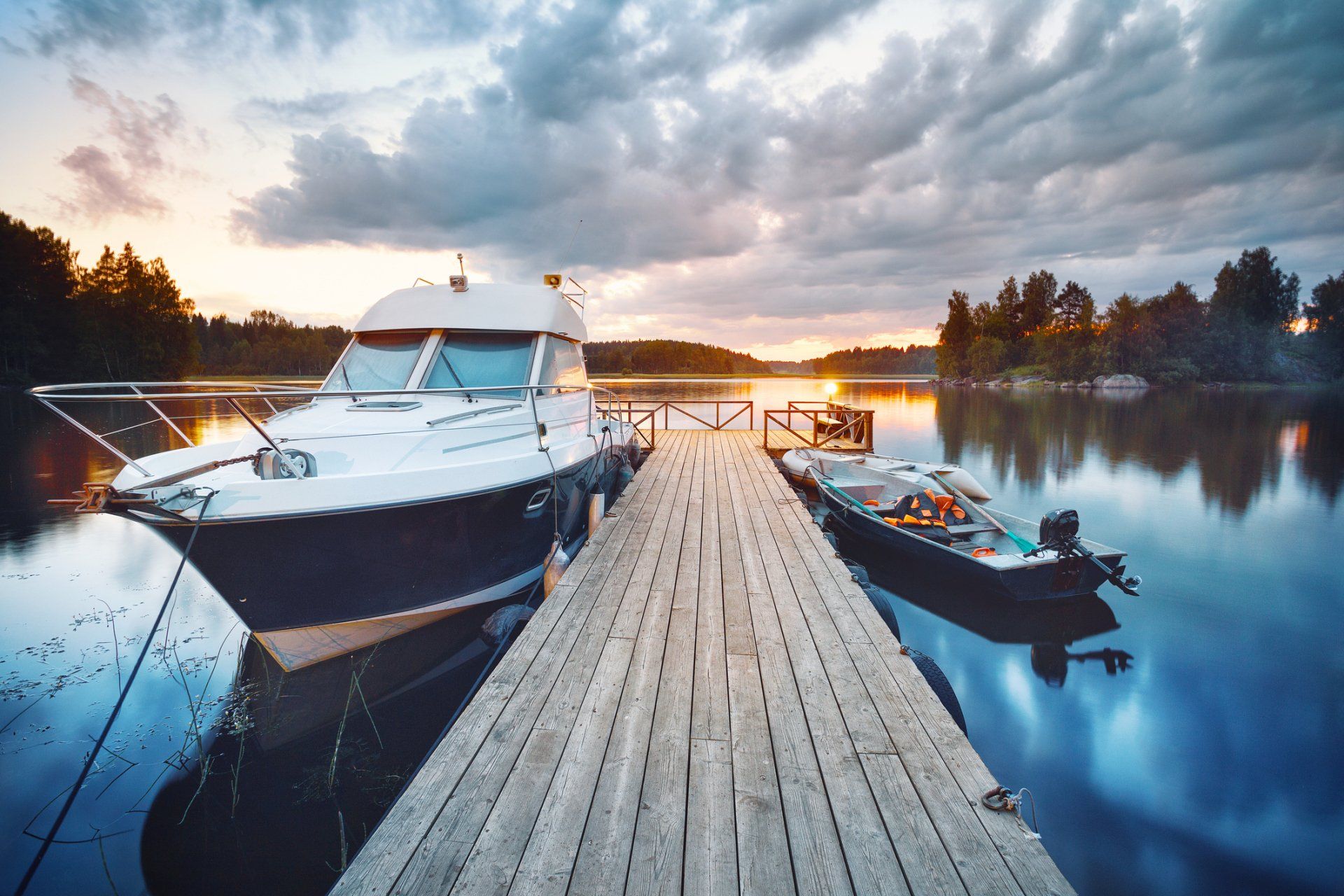
A Quick Guide to the 3 Types of Seawalls
There are three main types of seawalls: vertical, curved, and mound. Between these three, you can protect any shore from water erosion. 1. Vertical Seawalls Vertical seawalls are exactly what you think. These walls stick straight up into the air like a fence made of steel or concrete. These seawalls are easy to design, and easy to construct.
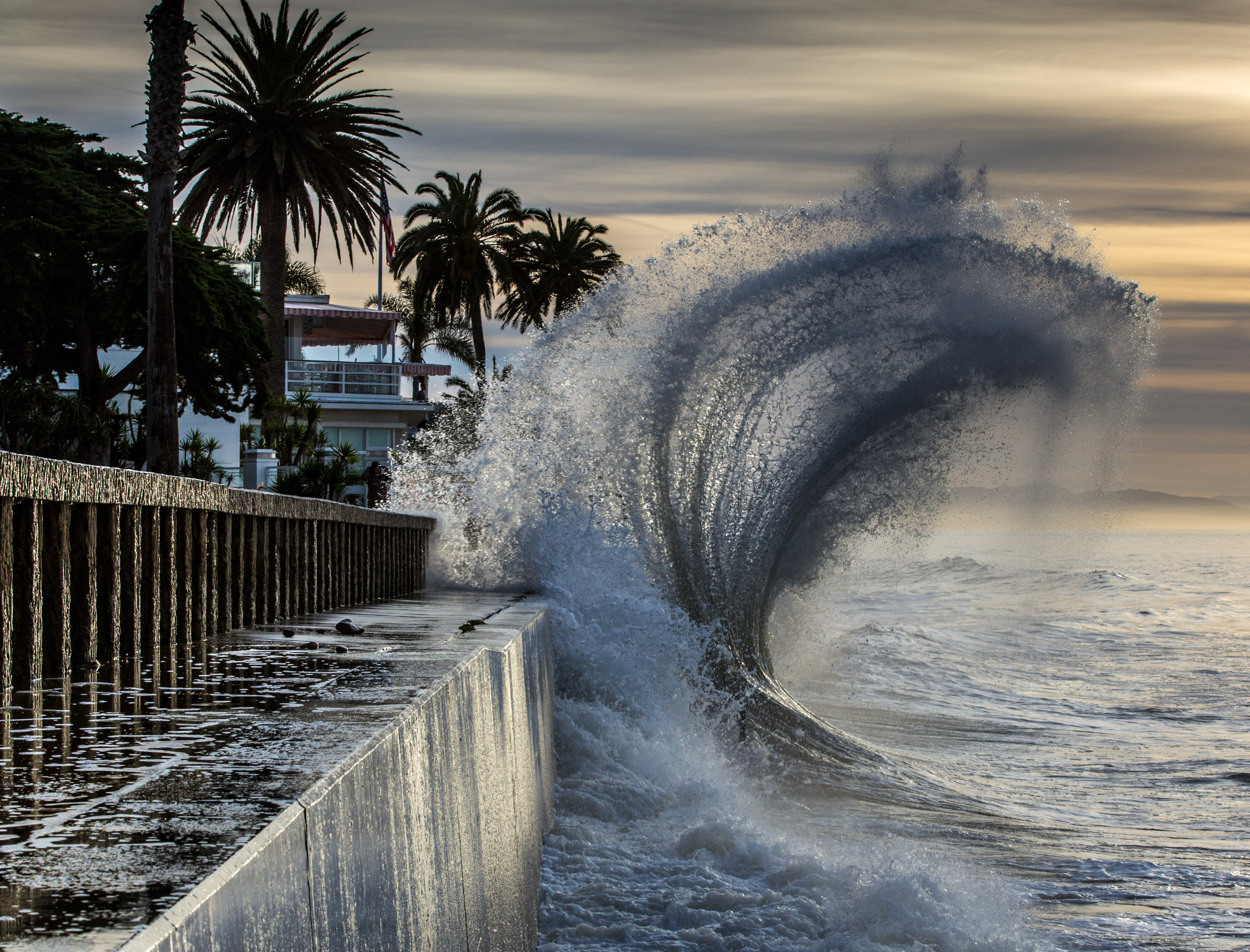
What Are The Three Types Of Seawalls cloudshareinfo
Q. What are Seawalls Made Of. A seawall is typically a solid sloping concrete structure. However, a seawall can be made from various materials such as: Concrete seawalls are extremely strong and are used in areas with high wave activity because of their durability. These types of seawalls can last more than 30 years when properly maintained.

How Do You Choose a Seawall Design? Sea wall, Rip rap shoreline, Small ponds
The types of Seawalls. In general, there are two types of seawalls: vertical and horizontal. Vertical seawalls are the most common type, and they're built by putting interlocking concrete blocks on top of one another. As for the horizontal ones, they're constructed using large sheets of metal or wood that are placed parallel to the.
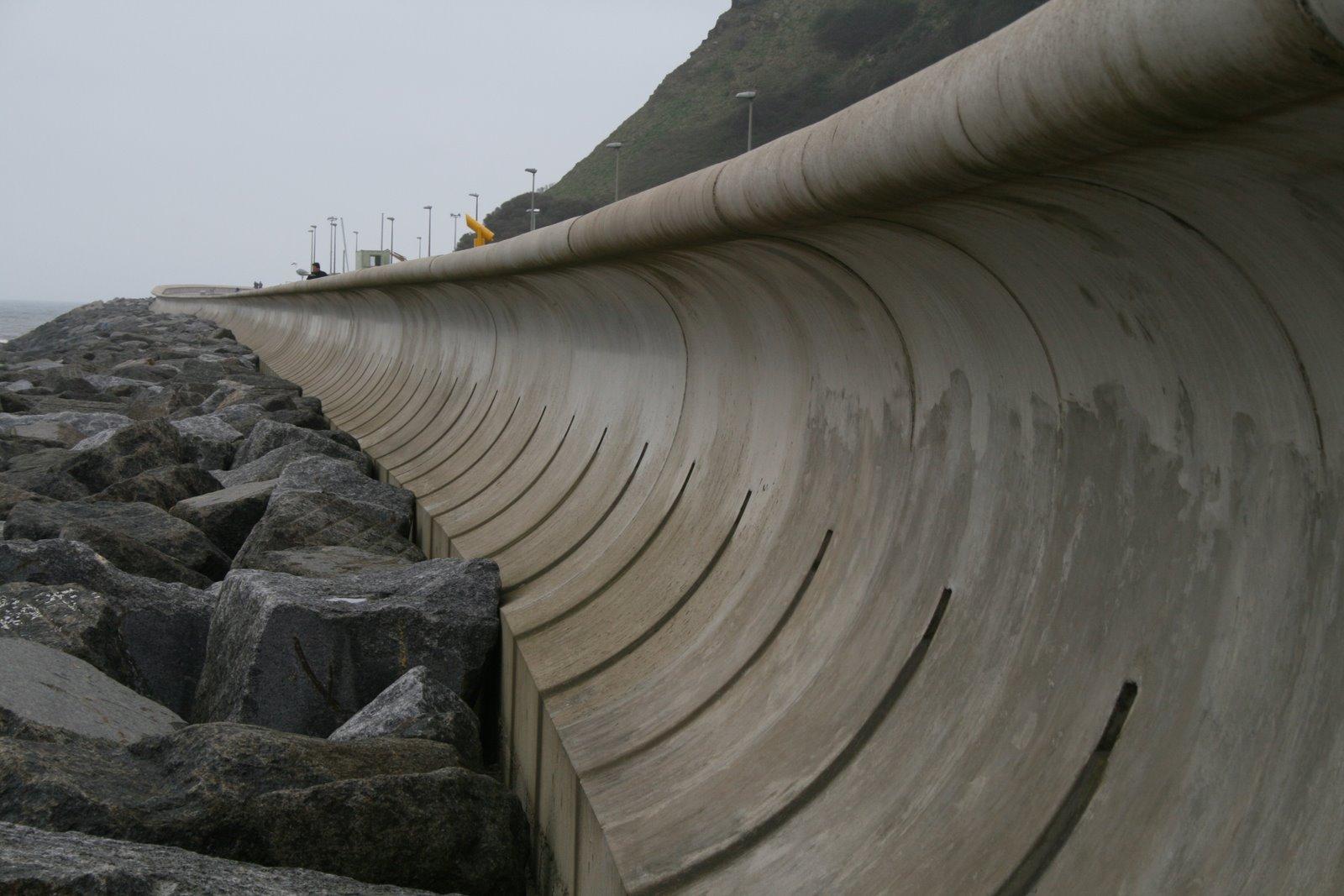
AS Geography Coastal Erosion Hard engineering methods.
Mortar stones and reinforced concrete are all used to construct seawalls. These materials can reduce soil erosion and make the water produced by flood or high tide accumulate behind the wall. For inland applications, the combination of rock dumping and coastal vegetation is the preferred method to reduce erosion.